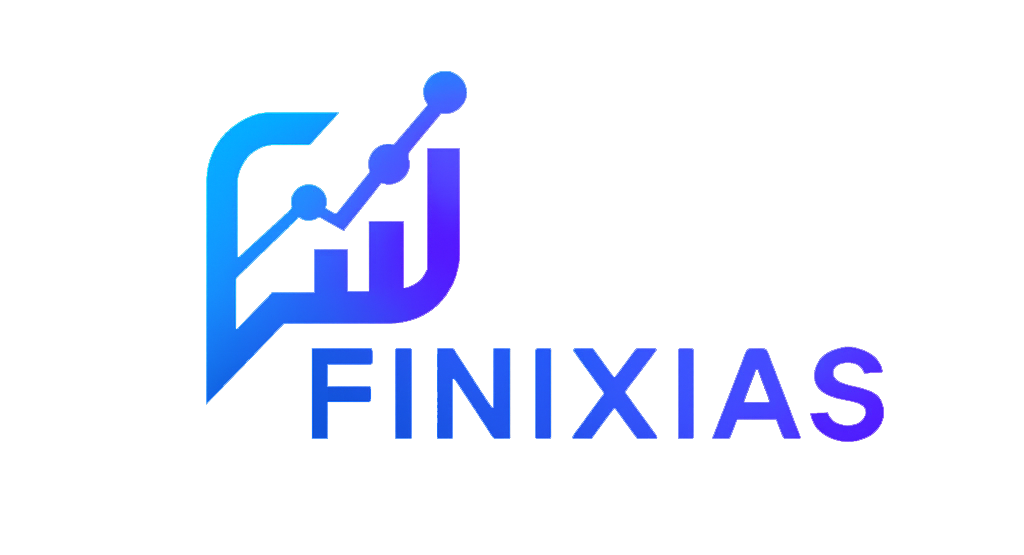How to Read Trading Charts and Use Technical Indicators (Without Getting Overwhelmed)
I still remember the first time I opened a trading chart. It looked like a video game — but one where real money was at stake. Candlesticks flashing green and red, strange lines moving across the screen… It felt like you needed a PhD to make sense of it.
The truth? You don’t. You just need a framework — and a bit of practice.
If you’re new to trading and wondering how to read charts and use indicators without losing your mind, this guide is for you.
Trading Charts: What You’re Really Looking At
At its core, a trading chart is just a story of price over time. The horizontal axis is time. The vertical axis is price.
But here’s the thing: the story changes depending on the timeframe you choose.
- A 5-minute chart shows tiny market movements — great for scalpers.
- A daily or weekly chart gives a much bigger picture — better for swing traders or long-term investors.
Pro tip: Always start with the higher timeframes. They give you the context. Then zoom in to find your entry points.
Types of Charts — and Why Candlesticks Rule
There are three main types of charts. You’ll probably end up loving one more than the others. ● Line Chart Just connects the closing prices with a line. Clean and simple, but leaves out a lot of useful info. ● Bar Chart Shows open, high, low, and close (OHLC). Gives more data but is harder to read visually. ● Candlestick Chart The favorite of most traders. Each candle shows four key values (open, high, low, close), and the color tells you if price went up or down during that time. Green = price went up. Red = price dropped. It’s quick, intuitive, and tells a story at a glance.
Support and Resistance: The Market’s Invisible Boundaries
Markets move in three ways: ● Uptrend: Higher highs and higher lows. ● Downtrend: Lower highs and lower lows. ● Range-bound: Moving sideways in a box. Once you spot the trend, your job is to follow it — not fight it. Also, keep an eye out for classic chart patterns like: ● Double tops & bottoms ● Triangles ● Head and shoulders They often signal a potential breakout or reversal.
Final Thoughts
Charts and indicators aren’t about being flashy or smart — they’re about listening to what the market is trying to tell you. The more fluently you can read that story, the less you'll chase the market — and the more confident you’ll trade.
Indicators: Your Extra Set of Eyes
Indicators help you analyze price action more clearly. Think of them as tools — not magic spells. Use them to support what you already see in the chart. Here are some essentials every beginner should know: ● Moving Averages (MA) Help smooth out price and reveal the general direction. Useful for spotting trends. ● RSI (Relative Strength Index) Measures momentum. Helps identify overbought or oversold conditions — often right before a price reversal. ● MACD Great for identifying shifts in momentum with its moving average crossovers. ● Bollinger Bands Wrap around price action. When price touches the upper or lower bands, it can signal a potential reversal. ● Stochastic Oscillator, Ichimoku Cloud, ADX, Parabolic SAR, Fibonacci, OBV... These are more advanced. Start simple. You don’t need 10 indicators on your chart. Three good ones are enough — especially when you understand how and why you’re using them.
Candlesticks: Every Candle Tells a Story
Every chart is a map of human emotion: fear, hope, greed, panic. That’s what really moves the market. Understanding market psychology helps you step back and ask: ● Are people overreacting? ● Is this euphoria — or panic? ● Am I trading the chart — or my emotions? Avoid the herd mentality. It usually ends in regret. ________________________________________ So, How Do You Actually Get Good at This? Here’s a beginner-friendly checklist: ✅ Start learning — articles, videos, courses. ✅ Practice in demo mode — no money, no pressure. ✅ Keep a journal — log every trade and what you were thinking. ✅ Don’t overload your chart — keep it clean. ✅ Manage your risk — always use a stop loss, and don’t overleverage. One last tip: use platforms like TradingView to test your strategies. It’s beginner-friendly and powerful. ________________________________________ Quick Glossary: Speak the Lingo ● Bullish = expecting price to rise ● Bearish = expecting price to fall ● Breakout = price breaks through support/resistance ● Pullback = temporary move against the trend ● Fakeout = false breakout that traps traders

